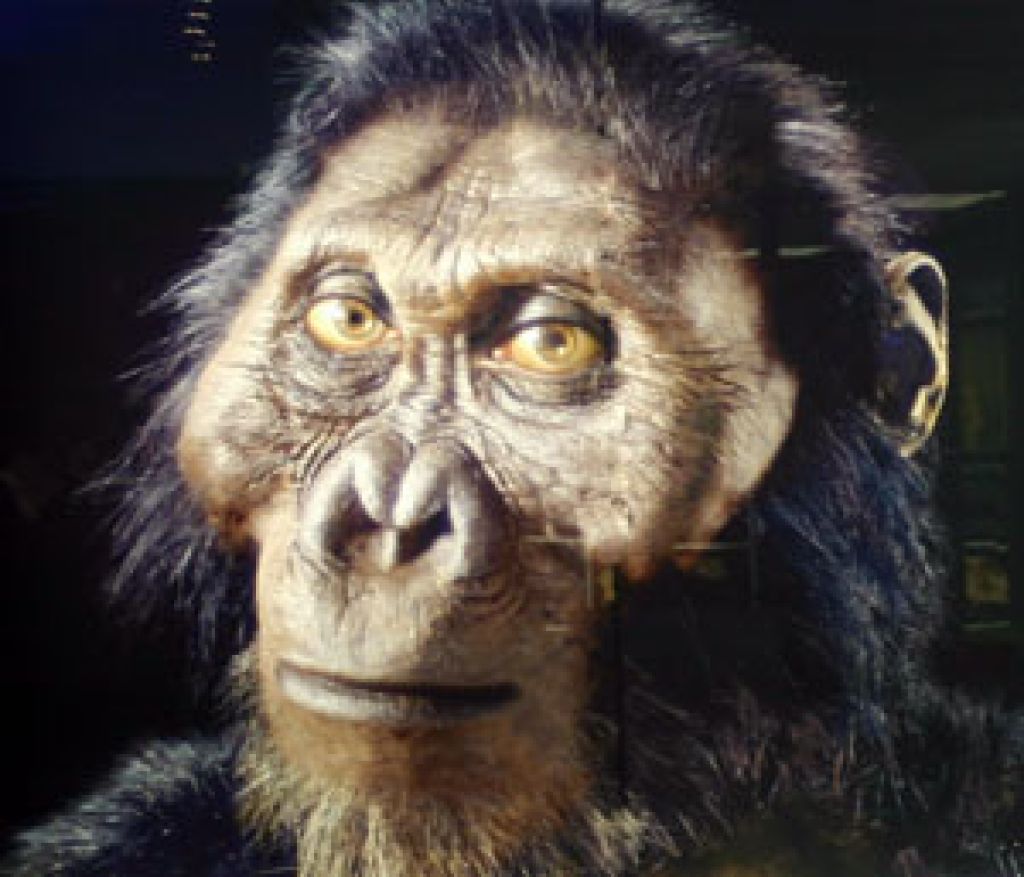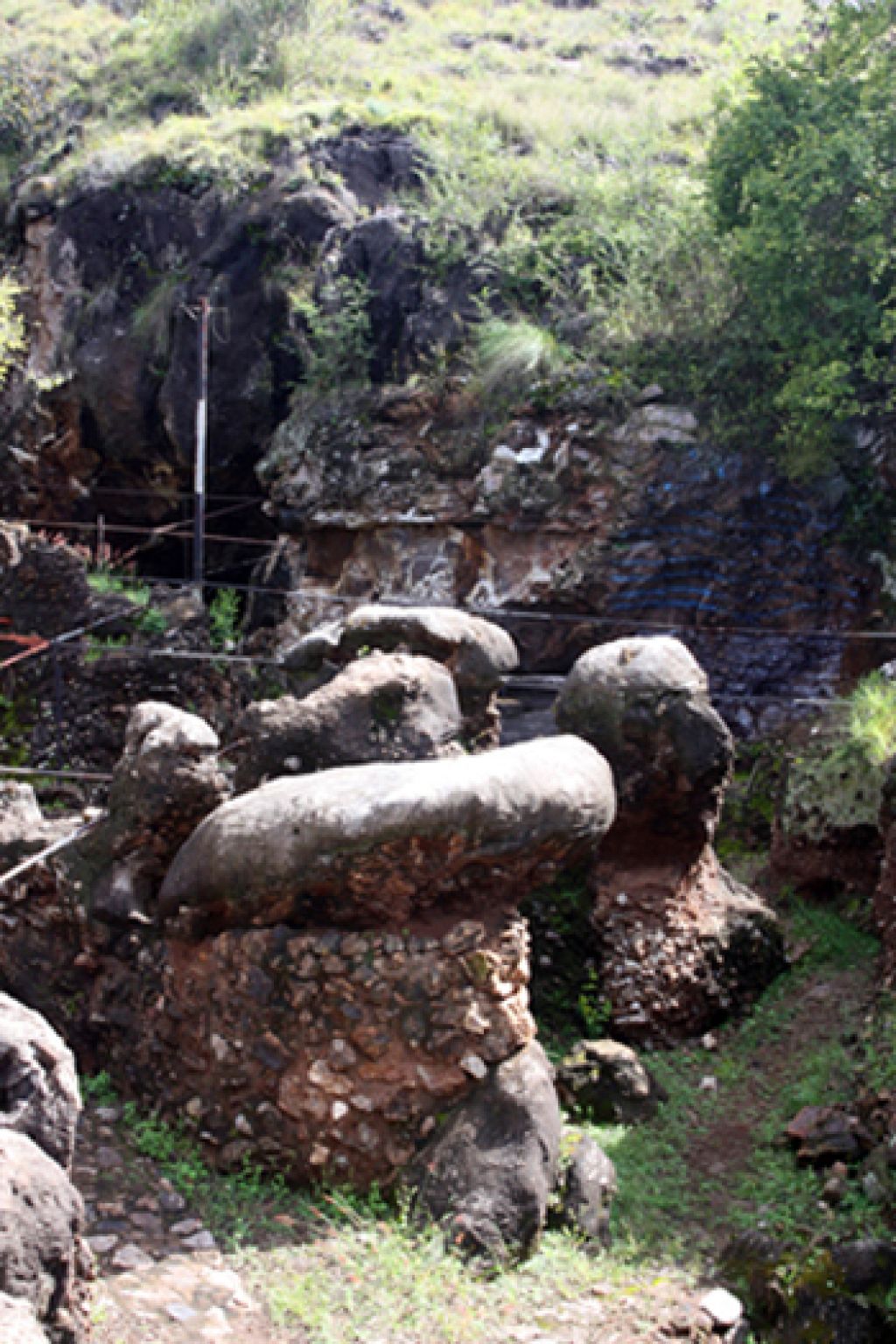Swartkrans site yields further Paranthropus robustus fossil evidence

Swartkrans is one of the Cradle of Humankind’s richest fossil sites. To date, it has yielded the largest sample of Paranthropus robustus evidence in the world, which has contributed significantly towards mapping the journey of our hominid predecessors. Recently, 14 new fossils were unearthed – all important additions to the treasure chest of finds attributed to the site.
The Swartkrans site comprises two sedimentary infills, both of which preserve remnants of early Homo and Paranthropus robustus, as well as a number of stone tool artefacts and animal remains. The site is also home to the earliest evidence of the use of controlled fire in southern Africa, as well as the earliest evidence of the co-existence of two different hominid lineages, namely Paranthropus robustus and Homo erectus.
The recent discovery of 13 dental specimens and a femur (thigh bone) fragment tell rich stories of how Paranthropus robustus lived. Most significant is SWT1/LB-2, the proximal femur fragment, as well-preserved femoral fossils are few and far between. So far, analysis of this fossil fragment has indicated that Paranthropus robustus males were significantly larger than their female counterparts.

According to a study released in the Journal of Human Evolution, the significant difference in size between Paranthropus males and females could suggest that males competed aggressively for sexual access to females. It also suggests that Paranthropus males used their size to enhance “female cooperation and group cohesion”.
Says Professor Ronald Clarke of the Wits Institute for Human Evolution, “The teeth add more information to the rich hominid catalogue from Swartkrans, and one well-preserved upper central incisor is the companion to a central incisor found by Professor Robert Broom and John Robinson. Also, an upper molar seems quite probably to be the unerupted third molar from a cranium found by Broom and Robinson.
“The right upper femur is of particular importance as Swartkrans limb bones are rare and this increases the femur sample of Paranthropus. The recovery of so many hominid specimens from a relatively small excavation demonstrates the continuing potential of Swartkrans.”
Understanding the ways in which these early ancestors of modern humankind functioned is an important part of understanding hominid lineage as a whole, as well as the progress we have made.
Did you know that Maropeng runs walking tours of the Swartkrans site, which is normally closed to the public? Led by scientist Morris Sutton, who is currently excavating there, visitors can lace up their walking shoes to visit the site and observe active palaeontological digs before breaking for a tasty picnic. The tour costs R350 per person, inclusive of a light picnic lunch.
The next tour is set to take place on Saturday, May 19. Book now to visit one of the most important fossil sites in the Cradle of Humankind.
Source:
Pickering, T.R., et al., New hominid fossils from Member 1 of the Swartkrans formation, South Africa, Journal of Human Evolution (2012), doi:10.1016/j.jhevol.2012.02.003